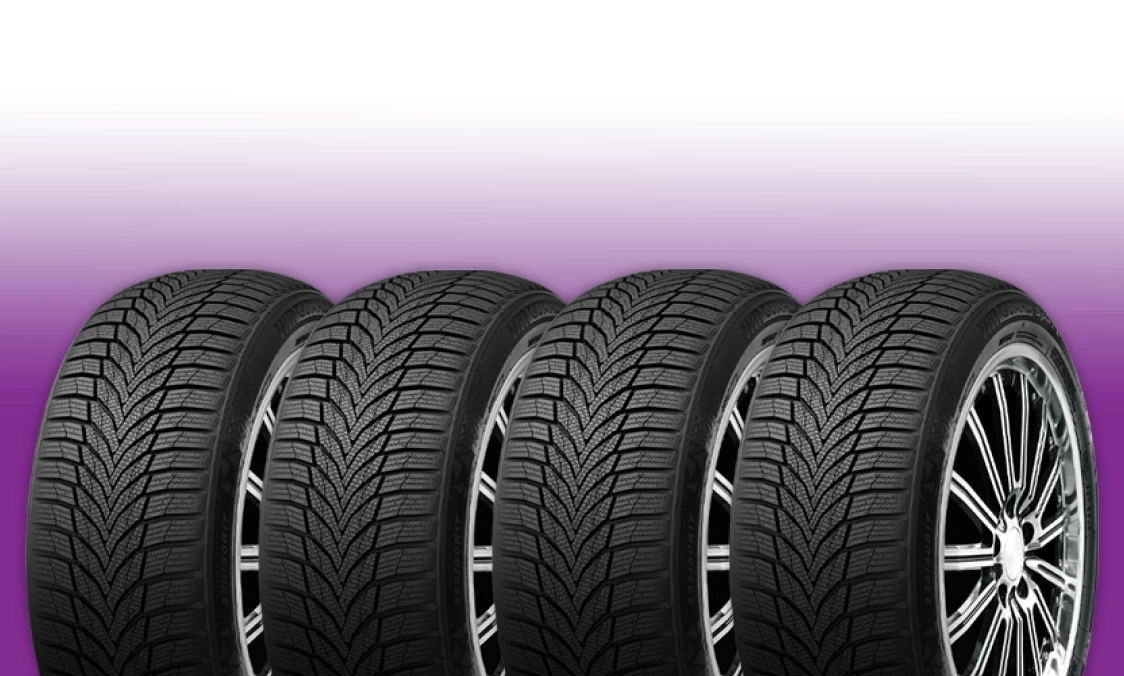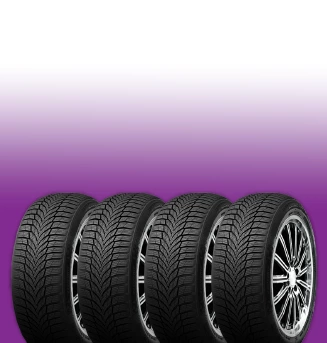PCV Valve Replacement
October 1, 2022
Hello Lake Orion, let's talk about your often-unnoticed but extremely important PCV valve. The energy from exploding fuel is what powers your engine. But some of the vapors from the explosions escape into the lower part of the engine, called the crankcase. The crankcase is where your engine oil hangs out. These gases are about 70% unburned fuel. If the gases were allowed to stay in the crankcase, they would quickly contaminate the oil and turn it to sludge. Lake Orion folks know that sludge is one of the biggest enemies of your engine, clogging it up and eventually leading to expensive failures. Also, the pressure buildup would cause seals and gaskets to blow out. Therefore, these gases need to be vented out.
Pre-1963, gasoline engines had a hose that let the fumes vent out into the air. In 1963, the federal government required gas engines to have a special one-way valve installed to help reduce dangerous emissions. (Can you imagine how polluted our Michigan air would be if every car had been releasing those poisonous fumes for the last 50 years?) Diesel engines are not required to have these valves.
The positive crankcase ventilation (PCV) valve routes crankcase gases through a hose and back into the air intake system where they are re-burned in the engine. Fresh, clean air is brought into the crankcase through a breather tube. It's really a pretty simple system, but it does the job. The re-circulating air removes moisture and combustion waste from the crankcase, preventing sludge. This extends not only the life of your oil but the engine as well. The PCV relieves pressure in the crankcase, preventing oil leaks.
Eventually, the PCV valve can get gummed up. Then it can't move enough air through the engine to keep it working properly for Lake Orion vehicles. If the PCV valve is sticking enough, you could have oil leaks, excess oil consumption and a fouled intake system. If you experience hesitation, surging or an oil leak, it may be a sign of PCV valve problems. Your vehicle's owner's manual may give a recommendation for when the PCV valve should be replaced - usually between 20,000 mi/32,000 km and 50,000 mi/80,000 km. Unfortunately, some don't list a recommendation in the manual, so it can be easy to overlook.
Many PCV system problems can be diagnosed by our technicians at Tire Warehouse Depot . Fortunately, PCV valve replacement is both quick and inexpensive at Tire Warehouse Depot. Proper oil changes will greatly extend the life of the PCV valve. Skipping a few recommended oil changes can allow varnish and gum to build up in the valve, reducing its efficiency. So now when your Lake Orion service technician tells you its time to replace your PCV valve, you will know what he's talking about. If you have had your car for a while and this is the first you've ever heard of a PCV valve, ask your technician to check yours out or call Tire Warehouse Depot at 248-929-0699.
Tire Warehouse Depot
250 N. Lapeer Rd.
Lake Orion, Michigan 48362
248-929-0699
Need Service?
More articles from Tire Warehouse Depot

Your Vehicle's Other Power Plant (Alternator Replacement)
March 30, 2025
Your vehicle's engine is probably the first thing that comes to mind when you think of a power plant. But it has another power source that is vital as well: the alternator. The alternator is what puts out the electricity that powers such things as your lights, power windows, sound system, and na... More

Cruisin' on Down Main Street
March 23, 2025
When automakers first came out with cruise control, it was a real luxury item. The older cruise controls used a mechanical vacuum system but it worked. Well, some of the time. Now days, cruise control is all electronic, thanks to computers. It's reliable and a real convenience on long trips. ... More

Smooth Operator (Shocks and Struts)
March 16, 2025
Few of us ever drive somewhere without encountering some pretty rough roads, and it's amazing how well our vehicles are able to smooth out the ride. Thank your shocks and struts. The two parts are similar. Some cars have shocks in the rear, and struts in the front. Others have struts all around... More










